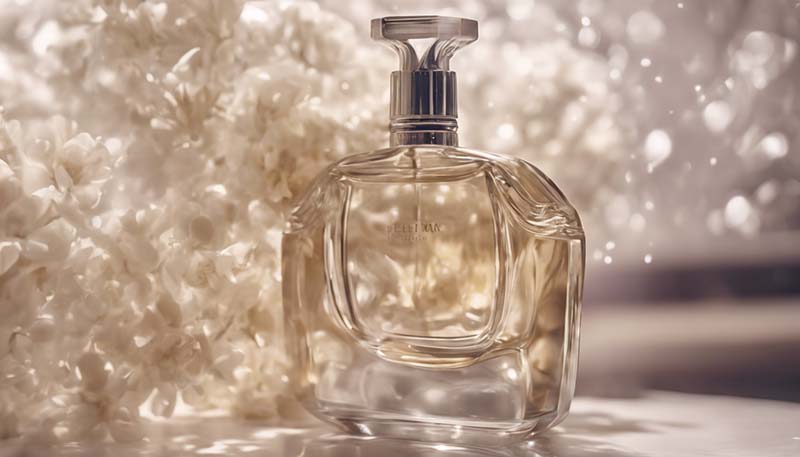The journey of fragrance is a tale as old as time, woven into the fabric of human culture, nature, and the very air we breathe. It's a journey that has evolved from primal instincts to high art, from a means of communication to a personal statement of identity. This exploration delves into the rich history of fragrance, its transformation through the ages, and how it has become a powerful tool of self-expression in contemporary society.
*Chapter 1: Origins - The Primal Scent*
Fragrance has been a part of human existence since the dawn of time. Early humans used natural scents for protection, for ritualistic purposes, and to mask body odor. The first recorded use of perfume dates back to ancient Mesopotamia, around 4000 BCE, where fragrant cones were worn by priests during religious ceremonies.
Advertisement
*Chapter 2: Ancient Civilizations - The Aroma of Power*
The Egyptians elevated the use of fragrance to an art form, with perfumes being a symbol of status and power. The Greeks and Romans followed suit, using perfumes to demarcate social class and as a means of seduction. The art of perfumery spread across the continents through trade and conquest, each civilization adding its unique signature to the olfactory tapestry.
*Chapter 3: The Middle Ages - Scent as a Shield*
During the Middle Ages, the role of fragrance shifted dramatically. With poor sanitation and the prevalence of disease, strong scents were used to mask unpleasant odors and were believed to protect against the plague. The period also saw the rise of the guilds, which regulated the production and sale of perfumed goods.
*Chapter 4: The Renaissance - Perfume as a Craft*
The Renaissance brought a revival of interest in the arts and sciences, including the art of perfumery. The invention of the still and distillation techniques allowed for the creation of more complex and refined fragrances. Perfume became a symbol of sophistication and was often gifted among nobility as a mark of respect and friendship.
*Chapter 5: The 18th and 19th Centuries - The Age of Expansion*
As global exploration opened new trade routes, access to exotic ingredients expanded the perfumer's palette. The 18th and 19th centuries saw the rise of perfume houses in France, with brands like Guerlain and Houbigant establishing the foundations for the modern fragrance industry.

*Chapter 6: The 20th Century - The Rise of the Personal Statement*
The 20th century marked a significant shift in the perception of fragrance. With the advent of synthetic ingredients, perfumes became more accessible to the masses. The rise of the fashion industry further propelled fragrances as a means of personal expression. Perfumes like Chanel No. 5 and Shalimar became cultural icons, reflecting the changing social norms and the liberation of individuality.
*Chapter 7: The Modern Era - Fragrance as a Statement of Identity*
In the modern era, fragrance has transcended its original purpose to become a statement of identity. It's a way for individuals to express their personality, mood, and style. The industry has evolved to include niche markets, bespoke fragrances, and perfumes that tell a story or align with a cause, such as environmental sustainability or social justice.
*Conclusion*
The evolution of fragrance is a testament to human creativity and the enduring power of scent to evoke emotion and memory. From its primal origins to its current status as a personal statement, fragrance has always been a part of the human experience. As we continue to explore new scents and expressions, the story of fragrance is ever-evolving, just like the people who wear it.
---
Comments